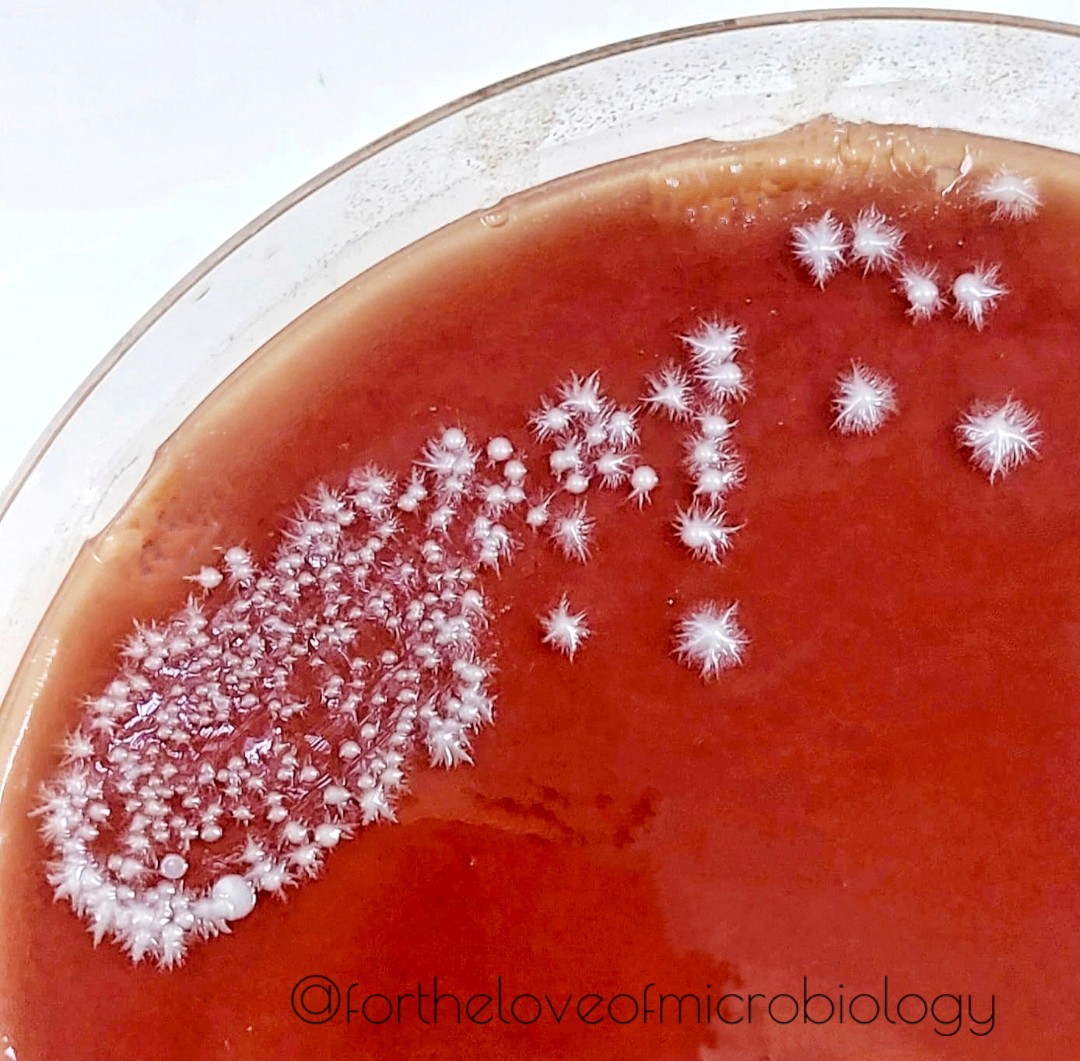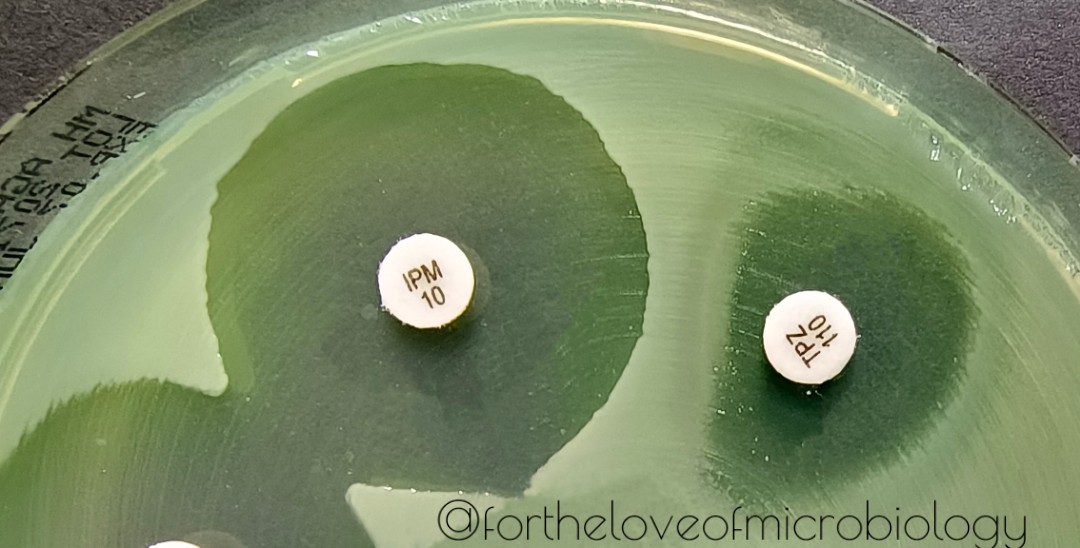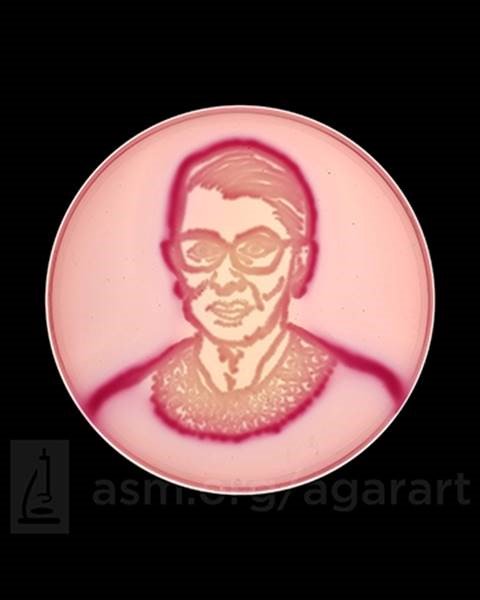Discover and read the best of Twitter Threads about #ClinMicro
Most recents (7)
An eerie video of a moving Enterobius vermicularis worm, shared by Sabir Hanif Hanif
#Fortheloveofmicrobiology #clinicalmicrobiology
#mmidsp #microrounds #IDpath #ASMClinMicro
#MicroTwitter #WomeninMicrobiology #STEM #medtwitter #ClinMicro #microbiologypakistan #PathBugs twitter.com/i/web/status/1…
#Fortheloveofmicrobiology #clinicalmicrobiology
#mmidsp #microrounds #IDpath #ASMClinMicro
#MicroTwitter #WomeninMicrobiology #STEM #medtwitter #ClinMicro #microbiologypakistan #PathBugs twitter.com/i/web/status/1…
Enterobius vermicularis, also known as pinworm, is a common intestinal parasite that infects humans. These worms are small, about 1 cm, are white or translucent in color. They are easily visible to the naked eye and can sometimes be seen moving around the anal area.
The video shows a moving Enterobius vermicularis worm with its distinctive cylindrical shape and tapered end. The worm moves by contracting and relaxing its muscles in a wave-like motion, allowing it to crawl or wriggle forward.
Wet mount and gram stain showing free hooklets of Echinococcus spp on cyst fluid from a 75 yr old F. Circled the hooklets in following pictures.
#Fortheloveofmicrobiology #clinicalmicrobiology #microrounds #IDpath #ASMClinMicro
#MicroTwitter #ClinMicro #microbiologypakistan



#Fortheloveofmicrobiology #clinicalmicrobiology #microrounds #IDpath #ASMClinMicro
#MicroTwitter #ClinMicro #microbiologypakistan




Echinococcosis or hydatid disease is caused by the larval stage of the dog tapeworm, Echinococcus granulosus. The definitive host for this disease is the dog or other canids and the intermediate hosts are cattle,sheep,pigs,goats or camels. Man is an accidental intermediate host
Hydatid disease in humans is potentially dangerous depending on the location of the cyst. Some cysts may remain undetected for many years until they become large enough to affect other organs. Symptoms are then of a space occupying lesion.
Candida albicans on chocolate agar, with starry projections
#Fortheloveofmicrobiology #clinicalmicrobiology #mmidsp #microrounds #IDpath #ASMClinMicro
#MicroTwitter #WomenInSTEM #WomeninMicrobiology #STEM #medtwitter #ClinMicro #microbiologypakistan #PathBugs
#Fortheloveofmicrobiology #clinicalmicrobiology #mmidsp #microrounds #IDpath #ASMClinMicro
#MicroTwitter #WomenInSTEM #WomeninMicrobiology #STEM #medtwitter #ClinMicro #microbiologypakistan #PathBugs

Yeast will grow on bacteriological media (sheep blood agar and chocolate agar).
They may appear as small, creamy or white colonies that are somewhat more raised than staphylococcal colonies.
They may appear as small, creamy or white colonies that are somewhat more raised than staphylococcal colonies.
A presumptive identification of C albicans can be made by observing pasty,yellow-white colonies from which colony projections, often referred to as "feet," extend out from the margins.
These feet have typically been considered a characteristic of C albicans
These feet have typically been considered a characteristic of C albicans
India ink preparation of CSF from a patient with cryptococcal meningitis showing the budding yeast cells of C. neoformans surrounded by a characteristic wide gelatinous capsule. The yeasts also show narrow-base budding and characteristic variation in size. 

The space occupied by the capsule shows as a clear space between the gray background of the ink particles and the refractile edge of the cell.
India ink/nigrosin stain is a negative, acid stain. This means that the dye easily gives up a hydrogen ion (proton) and the chromophore of the dye becomes negatively charged. Since the surface of most organims cells is negatively charged, the cell surface repels the dye.
Many times when susceptibility testing is done for P. aeroginosa, a scenario similar to shown in the picture is encountered.
We see that TZP has produced a D shape on the IPM side. This might look very similar to the phenomenon seen in gram positive ICR strains. So what is it?
We see that TZP has produced a D shape on the IPM side. This might look very similar to the phenomenon seen in gram positive ICR strains. So what is it?

Published data says that this result is most likely due to
inducible expression of the P. aeruginosa AmpC beta-lactamase.
inducible expression of the P. aeruginosa AmpC beta-lactamase.
Certain enteric
(Serratia, Providencia, Citrobacter, Enterobacter, Morganella) and non-enteric organisms (P. aeruginosa, Aeromonas) can up-regulate expression of
their chromosomally-encoded ampC genes in response to sub-inhbitory concentrations of certain
b-lactam antibiotics
(Serratia, Providencia, Citrobacter, Enterobacter, Morganella) and non-enteric organisms (P. aeruginosa, Aeromonas) can up-regulate expression of
their chromosomally-encoded ampC genes in response to sub-inhbitory concentrations of certain
b-lactam antibiotics
Today's talk now posted for my FAVOURITE topic:
How to study & learn clinical/medical #microbiology.
🧠What to know
🧠How we learn
🧠Free resources
🧠Motivation
🧵below & slides available free: tinyURL.com/LearningMicro
#IDTwitter #MicroMedEd #ASMCPEP #clinmicro #ASMClinMicro
How to study & learn clinical/medical #microbiology.
🧠What to know
🧠How we learn
🧠Free resources
🧠Motivation
🧵below & slides available free: tinyURL.com/LearningMicro
#IDTwitter #MicroMedEd #ASMCPEP #clinmicro #ASMClinMicro

This talk expands on content from my ASM post from June.
asm.org/Articles/2021/…
... which outlined traits of experts & how we can use them to learn (eg. with visual tools):
👉These slides (summarized next) put this in the context of preparing for clin/med micro/ID exams.
2/14
asm.org/Articles/2021/…
... which outlined traits of experts & how we can use them to learn (eg. with visual tools):
👉These slides (summarized next) put this in the context of preparing for clin/med micro/ID exams.
2/14

And finally, congrats to our 2019 #AgarArt Professional winners! People's Choice w/ the most FB 'likes' goes to "Hungarian Folk Art," Zita Pöstényi, Microbiologist, SYNLAB Hungary Ltd., #Budapest, Hungary. #microbiology #sciart #bioart #bacteria #folkart #clinmicro 

2019 #AgarArt Professional, 3rd place: "Fu(n)ji-san," Isabel Franco Castillo, Ph.D. Student, @ICMA_Aragon (ICMA-CSIC/UNIZAR & CIBER-BBN), #Zaragoza, Spain. #fungi #fungus #spores 

2019 #AgarArt Professional, 2nd place (TIE): "Ablution," Michael V. Magaogao, Senior Lab Tech, RAK Medical & Health Sciences University, Ras Al Khaimah, #UAE. "The #NotoriousRBG on V.R.B.G.," Michael Taveirne, Ph.D., Teaching Asst Professor, @NCState, #Raleigh, NC. 




